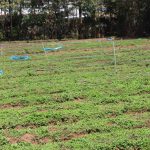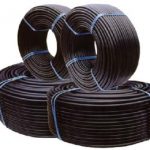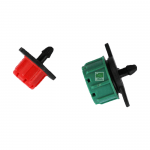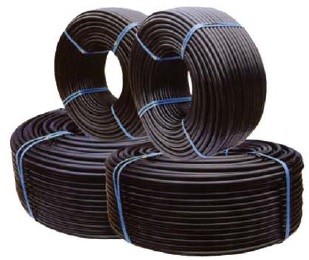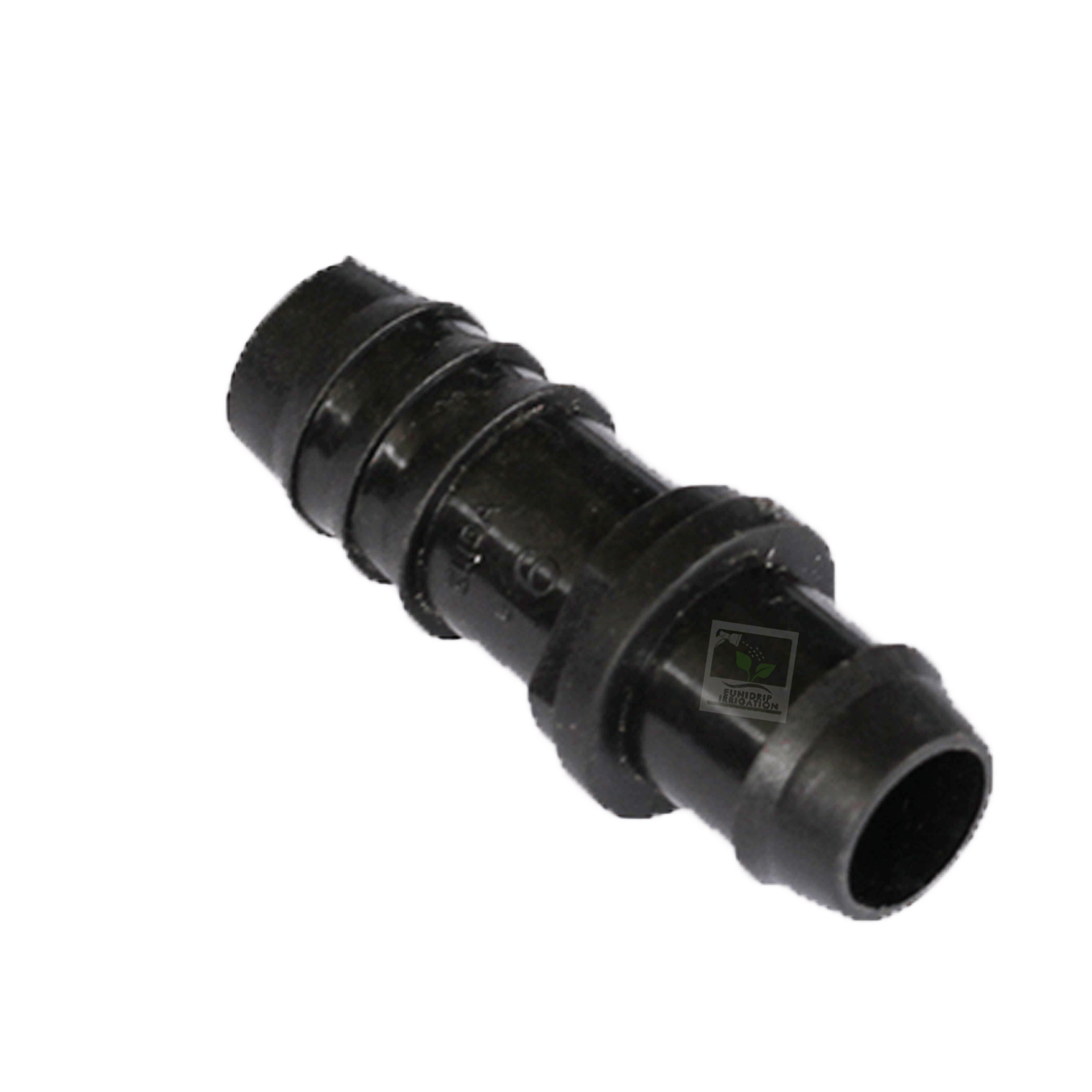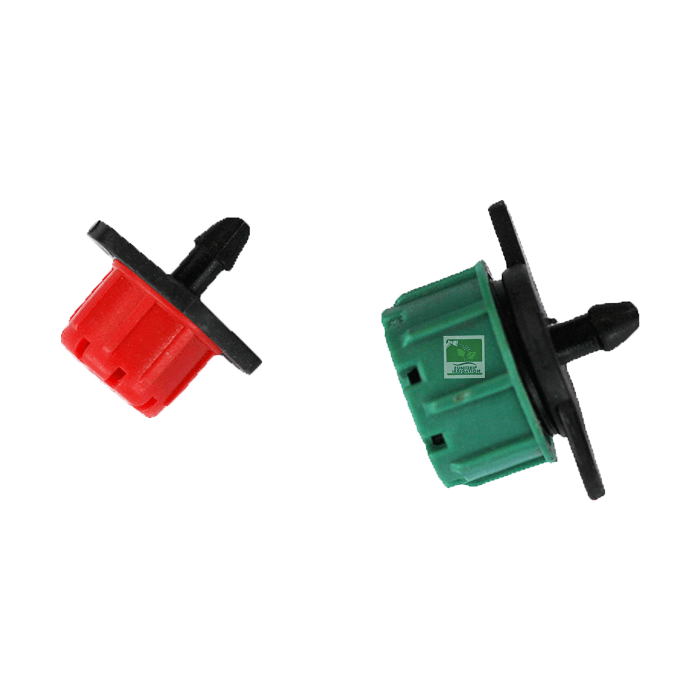Button dripper irrigation for avocados in Kenya.

Avocado farming for export has expanded recently in Kenya. By using button dripper irrigation for avocados in Kenya, farmers are assured of a 30% increase in the yield. A variety of avocado trees are grown in Kenya, including
- Hass.
- Fuerte.
- Nabal.
- Hayes.
- Tonnage.
- Ethinger.
- Keitt.
- Reed.
- Puebla avocados.
Water used in Avocado trees in Kenya
Avocados are water-sensitive plants that require the right amount of water to develop properly. When supplied with too much water, avocados tend to develop root rots, and when given too little water, there is reduced yield or even death. Root rots cause the roots to decay and die, eventually causing the whole tree to die off. 25 mm to 30 mm of water per week is recommended for the best yield on an avocado farm. However, these figures vary greatly depending on:
- The farm’s soil type – sandy soils will require more water for irrigation than clay or loamy soils.
- Size of the trees – large trees need more water than small trees.
- Growth stage – flowering avocado trees will need more water than those that are not.
- Slope of an area – water application should be done more carefully to avoid erosion if the slope is steep.
- The climate of an area – area with hot climates will need more water for avocados compared to areas with cool climates.
Many benefits arise when irrigating avocado trees; some of these benefits are:
- There is an increased yield
- The avocado trees mature faster, and fruit production is consistent
- There is reduced water stress on the trees
- The rate of flower and fruits dropping is reduced.
Using button dripper irrigation for avocados in Kenya.
Avocado trees’ roots tend to grow more horizontally than vertically. The root ends usually are located at the edge of the canopy. For an efficient irrigation system for avocados, the system must be able to properly distribute water at the right location and in the right amounts. There are a variety of irrigation methods used in avocado farms. These irrigation methods include button dripper irrigation systems, pressure compensated driplines, and micro-sprinklers.
Button dripper irrigation for avocados in Kenya.
The use of button dripper irrigation for avocados in Kenya has proven to be an effective way of supplying water, especially in the first year of the avocados. In the first year, the avocados do not have a widespread root system, and that ensures the effective use of button drippers. Drip tapes can not be used to supply water to avocado trees due to their low flow rates. Drip tapes have flow rates of about 2 liters per hour, whereas button drippers have flow rates of between 1 liter per hour to 60 liters per hour.
The operating pressures of button drippers range from 15 to 25 PSI depending on the flow rate. Button drippers come in thicknesses ranging from 1mm to 1.3 mm. Thick button drippers are used in more permanent sub-surface irrigation systems, whereas 1 mm button drippers are used in temporary systems. Button drippers come in two types; these are:
- Adjustable button drippers – these types of button drippers come with a threaded crown that adjusts the amount of water flowing.
- Non-adjustable button drippers – non-adjustable button drippers lack threads hence only supply water at a fixed rate.
Button drippers make use of a swirling flow path which causes turbulent flow. The main advantage of this type of flow is reduced clogging of the button drippers. When it comes to laying down button dripper irrigation for avocados in Kenya, the number of trees determines the number of button drippers needed. The farmer determines button dripper systems spacing, unlike drip lines with fixed emitter spacing.
Advantages of button dripper irrigation for avocados in Kenya
The benefits of using button dripper irrigation for avocados in Kenya are:
- Irrigation system is applicable in all landscapes.
- Water distributed at the root zone reduces water losses.
- High efficiency in fertilizer application due to fertigation.
- This system uses low energy since the water flow is by gravity.
- Reduce clogging of the button emitters due to turbulent flow.
- It reduced growth of weeds.
- The button drippers are resistant to ultraviolet rays, chemicals, and fertilizer.
Pressure compensated driplines
Pressure compensated driplines are driplines equipped with a regulating mechanism that controls the flow out of the drip emitters. This means that even if the pressure in the drip system increases, water flow does not change. It is a suitable method to ensure equal water distribution throughout the farm, ensuring equal growth. These drip lines are also useful for irrigation on steep slopes since the water flow is constant. In irrigating avocado trees in Kenya, this system is beneficial when the trees have more than one year and large canopies.
In avocados, the root tips are located at the edge of the canopy. The use of pressure compensated driplines ensures an equal supply of water to the roots zone of the avocado trees. The pressure-compensated dripline is rolled around the tree with a circumference equal to the canopy. The number of rolls depends on the plant’s water requirements, soil type, topography, and climate of the area. By doing so, equal volumes of water are distributed to the avocado root zones.

Micro-sprinklers serves as water and fertilizer supplier in avocados. Due to ease in repair and maintenance, laterals on the surface are more preferred than buried laterals. Micro-sprinklers apply water to the plants’ root zone, helping inefficient water use. Where sprinklers are arranged at equal distances between the avocado trees. Such that each sprinkler distributes water to one side of two trees. Micro-sprinklers distribute water at a range of 15 liters per hour to 75 liters per hour. Most farmers start with small sprinklers when the trees are young and are switched out for larger sprinklers when the trees are large. The choice of micro-sprinkler chosen depends on the desired water pattern, water flow, water pressures, and the spacing between trees.
The types of micro-sprinklers available are:
- Short radius micro-sprinklers – Come in ten sizes, with flows ranging from 26 liters per hour to 300 liters per hour.
- Long radius micro-sprinklers – these types of micro-sprinklers are used to irrigate trees that have extensive root volumes. They also come in ten sizes, with flows ranging from 26 liters per hour to 300 liters per hour.
- Jet micro-sprinklers – They come in five sizes, with flows ranging from 37 liters per hour to 113 liters per hour.
- Pressure compensated micro-sprinklers – these micro-sprinklers have a mechanism that helps them regulate water flow out of the nozzle. This ensures equal distribution of water to the trees.
- Non-pressure compensated sprinklers – these micro-sprinklers lack a pressure regulating system and can distribute water over a large diameter. They have a high-water distribution uniformity.
Avocado farming methods and practices
Avocados grow in various soils, be it acidic or alkaline soils. They do well in the warm region and can withstand low temperatures of up to – 60 C. Avocado farming methods and practices help ensure high yields and proper care for the avocado trees. Button dripper irrigation for avocados in Kenya has helped in most of these practices, making it more appropriate. Some of these farming methods and practices are:
Management of button dripper irrigation for avocados in Kenya.
It is vital to ensure efficient management of water released to the avocado farms. Avocadoes are sensitive to the amount of water they receive; hence, there is a need to manage irrigation water.
Management practices for button dripper irrigation:-
- Carrying out avocado cultural management practices like pruning to avoid water wastage.
- Removal of weeds which tend to compete with the avocadoes for water.
- Application of mulch, which helps preserve soil moisture.
- By reducing the amount of water used when irrigating on slopes. This reduces the amount of water wasted as runoff
- Cutting supply of water to sick or damaged trees. This ensures there is no wastage of water by providing to unnecessary plants.
- By stumping canopied trees. Water loss in plants is mainly through transpiration. Transpiration is the movement of water from the roots through the trees and to the atmosphere. By stumping out canopied trees, we reduce water loss on the farm
- Thinning out crowded groves. Crowded groves mean more water needed and also lost through evapotranspiration.
- By keeping low skirts on avocado trees. By keeping low skirts on avocado trees, there will be ample shade provided on the root base reducing the rate of water loss by evaporation.
Salinity control using button dripper irrigation for avocados in Kenya
Avocados are highly sensitive to salinity. High salinity hinders water absorption through the roots resulting in improper photosynthesis and root growth. Button dripper irrigation for avocados in Kenya help reduce salinity by providing enough water to leach out excess salt.
Fruit drop control in button dripper irrigation for avocados in Kenya
Fruit drop in avocados is when avocado trees drop their fruits to eliminate defective or weak seeds. As much as the plants control this process, reducing the number of fruits dropped is possible. Button dripper irrigation for avocados in Kenya helps control fruit drops. Button drippers ensure an adequate water supply to the trees, reducing water stress on the plants. This decreases fruit drops.
Fertilizer application using button dripper irrigation for avocados in Kenya
Avocados need a constant supply of nutrients throughout their growing period. The nutrients that avocados need mostly are nitrogen, zinc, potassium, and phosphorus. These nutrients are water-soluble. Thus, delivered using irrigation system. Button drippers for irrigation for avocados in Kenya are suitable for an effective supply of water and nutrients to the trees. PH measurements obtained from the soil determines when to apply fertilizer. Another way is by carrying out nutrient analysis on the avocado leaves.
Pruning
Is a process of cutting dead or living branches of a tree/crop to promote growth. Followed by these principles
For example, the avocado plant should:-
- Not undergo over-pruning or under pruning.
- Keep pruning tools clean.
- Prune healthy and sick plats separately.
Pruning principles:-
- Remove deadwood from the trees during pruning.
- Cut cleanly and in line with the trunk contours.
- Design a conical shape to improve on unproductive bare areas and good light interception.
- Removed All V-type crotches.
- Prune trees growing on slopes to a lesser height than those on flat areas.
- Prune horizontal branches growing low to the ground.
Freeze protection
Avocados tend not to do well in low temperatures; hence it is vital to carry out various practices during cold conditions to protect them. Where there are mature groves, it is best to provide either orchard heaters or wind machines to prevent frost damage. If avocado trees lose their leaves due to cold conditions, it is best to apply whitewash to those areas to prevent sunburns. A blanket placed over young trees protects the young trees against cold conditions. Additionally, molding the soil protect Mature trees on the tree trunk.
Grafting
Done by connecting avocado branch onto another rootstock of a different trees. As the two grow, they fuse to form one tree. This method ensures high quantity and quality yields. And, Speed up bearing of fruits. For a high grafting success rate, the two parts should be closely related. The common grafting method used on avocadoes is the cleft grafting method. Cleft graft is used for joining scions to larger pieces of root stalks. Tools used are a knife, mallet, and sealing wax.
The first step is to drive the cleaving tool six inches deep into the rootstock using a mallet. Next, you make a long wedge about six inches at the base of the scion. Insert the scion up to the base of the wedge on the rootstock. Seal the point of union using the wax and then follow up with care.
Market regulations around avocado export.
Kenya is amongst the top avocado producers globally, with an average of 115,000 tons of avocado produced per year. The local varieties dominate the total avocado produced in the country with a 70% share. The Hass and Fuerte varieties dominate about 10% and 20% of the quantities produced in the country. Kenya is the sixth-largest exporter of avocados to Europe, with Peru being the major competitor. About 70% of the total export is from small-scale farmers who export through intermediaries.
Uses of avocadoes
Avocados are rich in proteins, fats, carbohydrates, magnesium, potassium, and vitamins E, C, and K. Aside from consumption purposes, avocados have other important uses. Some of these uses are:
Manufacturing:-
- Hair products
- Fabric dyes
- Face masks
- Anti-wrinkle eye treatments
- Making soap
- Treating sunburns.







